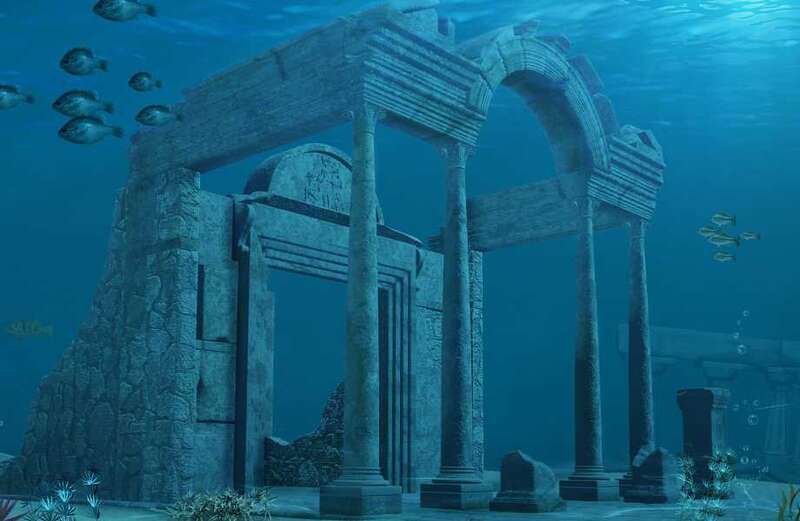MILLIONS of people may have lived in a lost colony that was submerged by the Pacific Ocean thousands of years ago, a new study found.
Researchers are discovering stone tools and other signs of human life on the Northwest Shelf of Australia.



Around 18,000 years ago, Greater Australia, Tasmania and New Guinea had a much greater land mass, making up a paleocontinent known as Sahul.
But after the last ice age came and went, sea levels rose and flooded the lands as the ice caps melted.
This means that the islands off the northwest coast of Australia used to have a land mass of around 150,000 square miles, one and a half times larger than New Zealand.
 Cruise passengers stranded on New Year 'trip from hell' after fungus outbreak
Cruise passengers stranded on New Year 'trip from hell' after fungus outbreak
It was previously thought that this land was inhospitable, but researchers have uncovered archaeological evidence that shows the First Nations indigenous people could have briefly lived there, according to a study in Quaternary Science Reviews.
What was thought to be a desert area actually may have had lakes, rivers, archipelagos and a large inland sea, the latest research found.
Stone tools have also been discovered on the sea floor at the shelf, indicating that indigenous populations passed through at some point.
It's unclear how large the settlement was, but modeling revealed the drowned shelf could have supported between 50,000 and 500,000 people.
That metric comes after a previous study found that Sahul could have supported millions of people before the end of the ice age, The Conversation reports.
The peak of the population most likely took place around 20,000 years ago at the height of the final ice age, when the entire shelf was dry land.
As the seas rose, retreating groups of people were forced to live together.
This can be proven by new rock art styles that were found in the Kimberley and Arnhem regions in Western Australia.
Rising sea levels are also noted in the oral histories passed down by the First Nations people for 10,000 years.
Researchers hope this revelation will call for a deeper investigation of Indigenous groups that could reveal more about the Earth's changing topography.
 We grew up devout Christians with no sex…now we're swingers in open marriage
We grew up devout Christians with no sex…now we're swingers in open marriage
The study comes after the Atlantis of the East was found in perfect condition underneath a manmade lake.
Shī Chéng - which translates to Lion City disappeared for decades when it was abandoned and plunged down to low watery depths.
And another scientist theorized that the real city of Atlantis was wiped out 12,000 years ago during a massive flood.



































